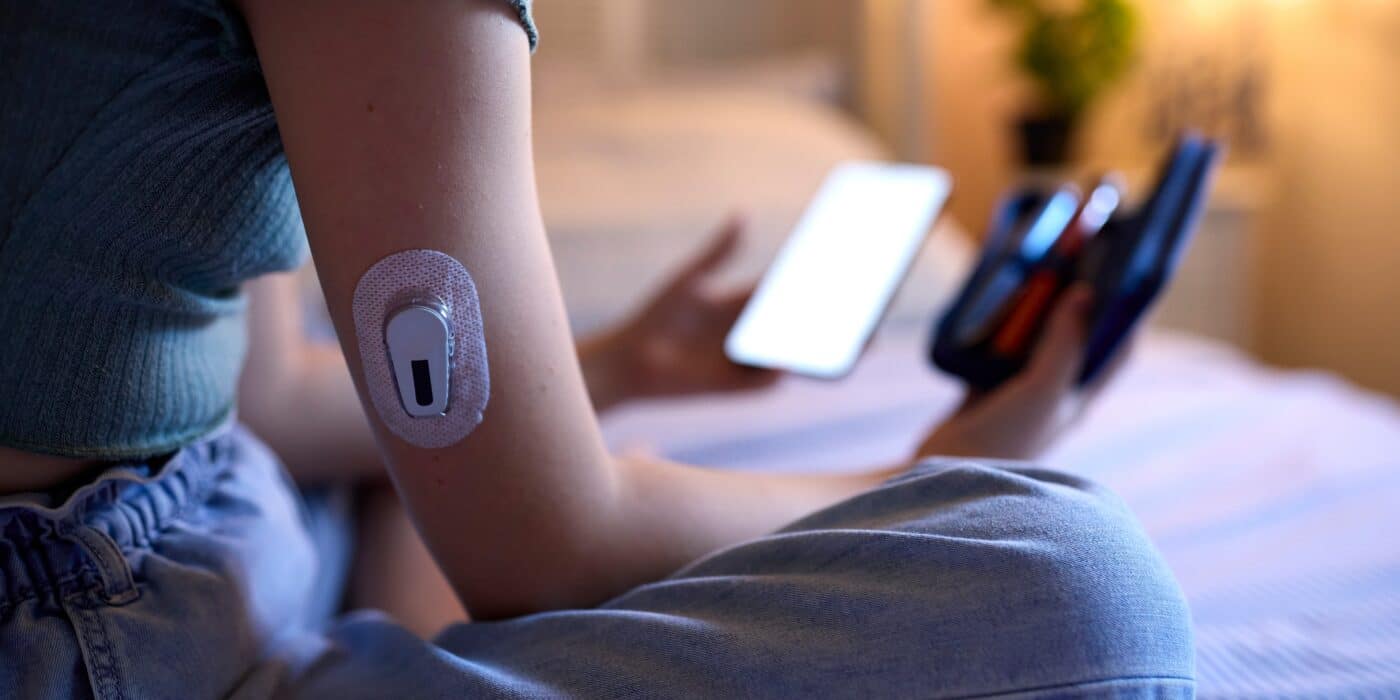Happy summer! We hope you are soaking up the sun and enjoying the warm weather. Early 2024, we reviewed the upcoming T1D tech. Since then, the advancements continued, and more tech choices are available, or coming soon to Canadians living with T1D! This newsletter will review what’s now available, and if you’re already using new tech, let your diabetes team know how it’s working for you!
Sensors:
Libre 3+
The current Libre sensor is a small 14-day wear glucose sensor worn on the back of the arm. Users can either scan with a reader or their smartphone. The Libre 3+ will be even smaller – about the size of a penny and more accurate. Bonus, there will be 1 more day of wear on the sensor and it will also be able to link with some automated insulin pumps. This is (hopefully) coming to Canada in July 2025!
Abbott is currently developing the first-of-its-kind dual sensor where it will be able to measure both glucose and ketone levels. Imagine a sensor that can detect early on the risk of diabetic ketoacidosis! No more pee sticks or blood samples! The sensor will be the same size as the Libre 3+.
Dexcom
Dexcom is currently a 10-day wear continuous glucose monitor worn either on the abdomen or the back of the arm. Dexcom is working on a new generation that will be extended to 15 days instead of 10.
Did you know that they extended the Bluetooth range from 6 meters (20 feet) to 10 meters (33 feet) for Dexcom G7? This means less out of range alarms and interruptions!
Insulin Pumps:
Omnipod 5 (OP5)
Omnipod is a tubeless insulin pump which now has the long-waited automated insulin delivery feature. This came to Canada in April of this year, and many have already begun their journey with OP5! The algorithm in this automated insulin delivery system will adjust insulin based on Dexcom G6/G7 sensor readings. It will either increase or decrease background insulin every 5 minutes based on a 60-minute prediction of the blood glucose, and insulin on board. Like all automated systems, the system will work best if you deliver your bolus 10-15 minutes before eating.
Tandem
Tandem t: slim with Control-IQ has been available for a few years now. It works with both Dexcom G6 and G7 with the newest software upgrade. What’s exciting is that Canada will soon have the mobile bolus feature! This will allow users to bolus through a phone app instead of on the pump. The pump may change too! Currently the Tandem Mobi is available in the states. The pump is much smaller with a tubeless infusion set.
Changes to algorithm are expected to come soon as well! While running Control-IQ, users will be able to run a temp basal, along with using a longer duration for extended bolus – useful for that pizza slice!
Tandem users: did you ever notice those white and blue squares at the bottom of your sensor graph on your pump? These little squares are visual prompts to help you know when Control-IQ gave you an auto-correction (white square) versus your own meal bolus (blue square). If you ever wonder when CIQ gave you a correction, just check your graph!
Embracing technology isn’t always easy, but we do hope that some of these options will make managing T1D easier. Ask your diabetes team about current and upcoming technology to learn more!










